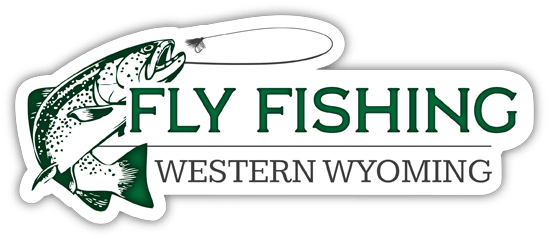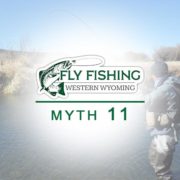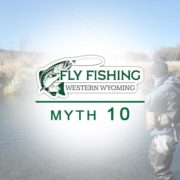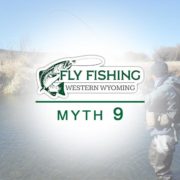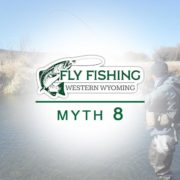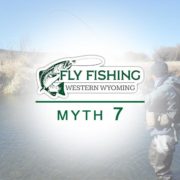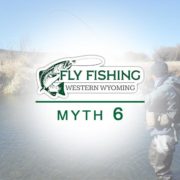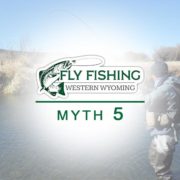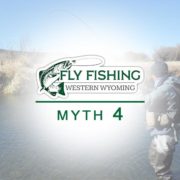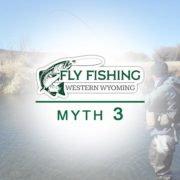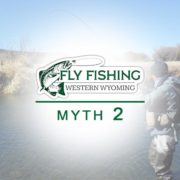Big Flies, Big Fish
Big Flies, Big Fish
Another one of those partly-true statements! If a size 24 midge larva goes by the mouth of a 15 lb brown trout, I can guarantee he’ll (or she’ll) eat it!! The problem is that it will be attached to a 6X or 7X tippet. The angler will never know what broke him or her off! “Boy, I hooked a big fish but it broke me off!”
Under many conditions, that same fish may not move more than a foot or two for that little bitty fly – it just takes too much energy for so little caloric return. If, on the other hand, the fish is hungry and a streamer goes through his field of vision, the fish may go a long way to eat it. I had a big rainbow chase down, and engulf, a streamer that hit a good 15 feet up stream. That fish went after the fly the second it landed! The good news is that the streamer was attached to 15 lb test tippet. No chance of a break off!
In some cases, fish that live in insect rich environments will become so selective on tiny insects, that they will often ignore bigger items. Many tail waters like the San Juan, Missouri, and Hams Fork, fall into this category. If an angler wants to catch fish, even big ones, they will often need to use the little flies and tippets. When this happens, the biggest fish may break off. The reason lots of big fish are caught in the fall is because the hatches are thinning out and the big fish are hungry, so they are looking for food like streamers, which are attached to stronger tippets.
By the way, a related myth is that fish, especially big fish, eat more in the fall because they are “storing up for winter”. That is nonsense. Fish are cold blooded. They eat less as the water gets colder – not more! It appears to the angler that they are eating more because the hatches are less dense and all the big juicy insects are gone. Fish travel a long way for food. This fact, and the fact that we use more streamers with heavy tippets, accounts for the large number of big trout caught in the fall.
So, I guess the statement is mostly true! Bigger flies use bigger tippets, which equals more landed big fish.
